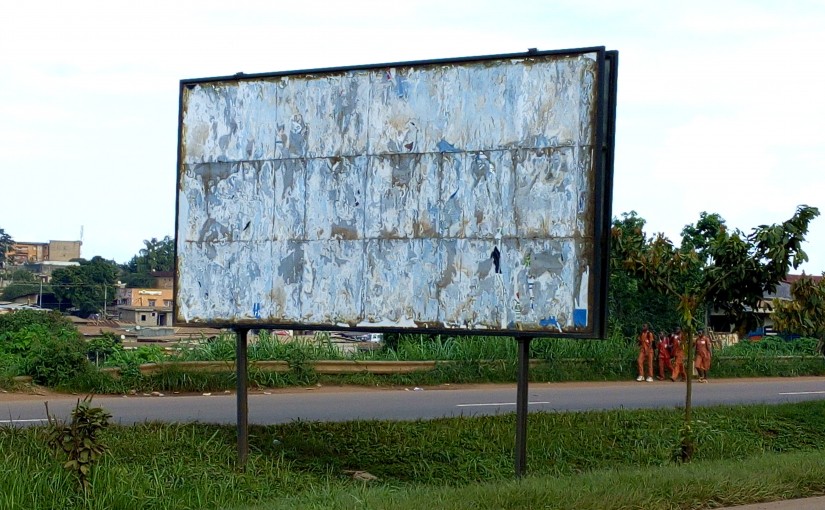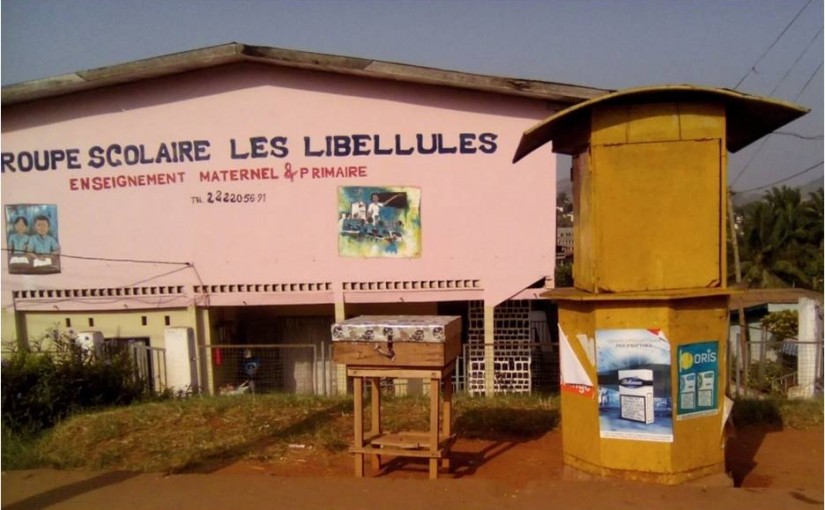“The teenagers of today are potential customers of tomorrow“.
This statement was found in an internal note of the tobacco industry, and it clearly summarizes their strategy of getting as many young people as possible initiated to tobacco consumption.
One of the places where the tobacco industry is sure to get as many new “recruits” as possible is our schools. The industry understands that youngsters who attend schools will easily want to try something like smoking, and they will be able to do this with very little or no hindrance.
In a bid to understand the tactics the tobacco industry uses to market, promote, and sell their products to young people around schools, the Cameroonian Coalition to Counter Tobacco (C3T) and the Alliance for Tobacco Control in Africa (ATCA) carried out the Tobacco Industry Accountability Project. The project permitted the C3T team to observe close to 20 schools in the city of Yaoundé, Cameroon for tobacco advertising, promotion and sale.
Results
The results of the study showed that there is aggressive advertising of tobacco products just within 100m radius of each of the schools visited. The following was observed;
- 85% of the schools surveyed have shops that expose tobacco products next to sweets and other products of general consumption/necessity.
- In virtually all the 20 schools observed, tobacco advertising through posters is omnipresent.
- 55% of the schools observed have posters of tobacco products.
- About 173 sales points for tobacco products exist within 100 meters of all the 20 schools surveyed. That gives us an average of 9 per school.
- 65% of the schools surveyed have tobacco product sales point right at the entrance of the school premise; visible to everyone coming into and leaving the school.
- 85% of the schools surveyed have road side vendors of other products at their entry, but these vendors sell single sticks of cigarettes (making them quite affordable).
A deceitful seduction
Tobacco is known to kill 50% of its consumers. To cope with this constant loss of clients, the tobacco industry continuously develops strategies to attract new smokers. Every day, the industry develops massive marketing campaigns to entice youths to smoke and become long-term smokers. A close look at its language and forms will tell you that advertising by the tobacco industry aims directly at young people.
This advertising techniques make use of concepts like a cool attitude, a relaxed lifestyle and exotic products to entice the youths and have them start smoking. Of course such strategic advertising will not easily bypass the youth. They very easily fall prey to these antics of the tobacco industry and start smoking; something they will likely do throughout their lives and suffer later from smoking-related health problems.
Tobacco consumption among the youth in Cameroon
Cameroon, one of the countries that ratified the WHO Framework Convention on Tobacco Control (FCTC) is not exempted from the tobacco industry’s marketing strategy. Advertising and sale of tobacco products target children and young people every single day. According to the Global Youth Tobacco Survey (GYTS) 2008, smoking is a major public health problem among young people. The study showed that 31.2% of young people aged 13-15 tried smoking before the age of 10, while 5.7% of youths of the same age range were actual smokers of cigarettes, and 9.5% used other tobacco products.
Dire health consequences on the youth
Experts say the earlier you start consuming tobacco products, the harder it is to stop. Six out of ten smokers start before the age of 18 and the effects of this are devastating: respiratory and cardiovascular diseases, stroke, cancers, eye and ear problems, infertility, etc. As already mentioned, half of adults who smoke regularly die prematurely from tobacco-related diseases.
Only a ban on the sale, advertising and promotion of tobacco products around our schools will solve the problem
A total ban on the advertising, sale and promotion of tobacco products near schools will go a long way to solve the problem because it will lead to a drop in consumption. Partial bans have the tendency of permitting the tobacco industry to infiltrate through the other areas where advertising and promotion are still allowed.
The Cameroonian Coalition To Counter Tobacco therefore joins other organizations working to reduce the smoking phenomenon in calling for:
- the prohibition of all forms of advertising and promotion of tobacco products and all forms of sponsorship by the tobacco industry in Cameroon.
- the prohibition of the sale of tobacco products around schools.
- the banning of the display of tobacco products around school entrances.
- the prohibition of the sale of cigarettes in single sticks and in small packages.
- the insertion of the phrase “Sale Prohibited to Minors” to all packages.
The sale, advertising and promotion of tobacco products near our schools is real. The tobacco industry denies it but the results of this study show otherwise. Having ratified the WHO Framework Convention on Tobacco Control (FCTC) in 2006, the government of Cameroon can stop this emerging scourge by adopting and implementing a legal framework that will protect the youth.
A complete ban on advertising, marketing and sale of tobacco products in and around our schools is a step in the right direction. Future generations will salute such a gesture; one that prevents the Cameroonian youth from bearing the health, economic and social consequences of tobacco consumption.
Showing the truth saves lives-WHO 2009







